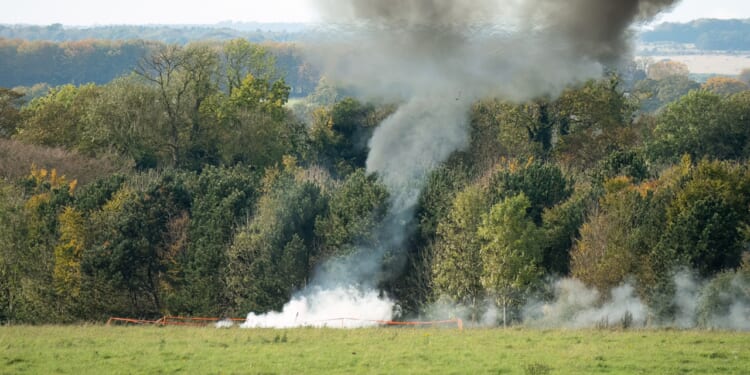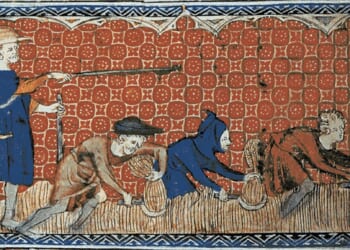Although the 30 tons of sugar the Army wants to buy could feed thousands of soldiers, the Pentagon has a different purpose in mind.
The United States Army regularly buys about 25 tons of food per month for a battalion sized unit. Keeping America’s soldiers fed and fit for combat is no small task. This month, however, the service announced it was seeking to buy nearly 30 tons, or roughly 65,000 pounds, of powdered sugar. According to the solicitation notice, the Army Contracting Command at the Rock Island Arsenal (ACC-RI) required the powered sugar “in support of Pine Bluff Arsenal,” Arkansas.
That might seem like something that the Salvation Army would need for National Doughnut Day, which will be held this year on Wednesday, November 5, rather than by the United States Army. However, the military isn’t looking to sweeten doughnuts, funnel cakes or waffles with all the fine sweet powder.
Also known as confectioners’ sugar or icing sugar, powdered sugar is a key ingredient in the M18 smoke grenade, which is used to provide cover for the infantry and to mark targets for friendly aircraft. It can also be used with the M83 grenades used in training and the M8 smoke pots.
The solicitation called for powdered sugar in 6X, 10X, and 12X varieties, with 50-pound bags the preferable sizes. The higher the numbers (the more Xes), the finer the particles—but that can also result in the sugar absorbing more moisture, resulting in caking. Most American-produced powdered sugar contains around 2 to 5 percent of a consumption-safe anti-caking agent.
The US military has been using powder sugar in colored smoke grenades for nearly two decades. A 2007 press release from the Picatinny Arsenal, New Jersey, explained that sugar formation was introduced to replace the sulfur previously used in smoke grenades. That reduced the weight and costs of the smoke grenades, and is reportedly safer for the troops and the environment. Burnt sugar may give off a bitter, acrid smell—but it is a lot better than burnt sulfur, which can be a respiratory irritant that can be harmful to inhale.
Although it might not be quite as unpleasant in the olfactory sense, powdered sugar, which is highly flammable, can still be a potent chemical, serving as a fuel for bombs.
Task & Purpose cited Rick Samples, a former official with the Jacksonville, Florida Sheriff’s Office Bomb-Making Materials Awareness Program and retired special agent and certified explosives specialist with the US Bureau of Alcohol, Tobacco, Firearms and Explosives, who explained that the Irish Republican Army (IRA) “used icing sugar in its car bombs with ‘devastating effects.’”
When mixed with an oxidizer such as potassium nitrate, the mixture won’t explode as a conventional grenade would, but will instead create a dense smoke. Powdered sugar is used over crystalline sugar because it is much finer and its smaller particles burn much faster. This in turn allows the smoke produced to cover a larger surface area.
The amount of sugar—65,000 pounds—could produce a massive number of smoke grenades, given that each one weighs less than a pound and includes much more than just sugar. Perhaps the United States Army really is getting ready for National Doughnut Day!
About the Author: Peter Suciu
Peter Suciu has contributed over 3,200 published pieces to more than four dozen magazines and websites over a 30-year career in journalism. He regularly writes about military hardware, firearms history, cybersecurity, politics, and international affairs. Peter is also a contributing writer for Forbes and Clearance Jobs. He is based in Michigan. You can follow him on Twitter: @PeterSuciu. You can email the author: [email protected].
Image: Shutterstock / Martin Hibberd.














